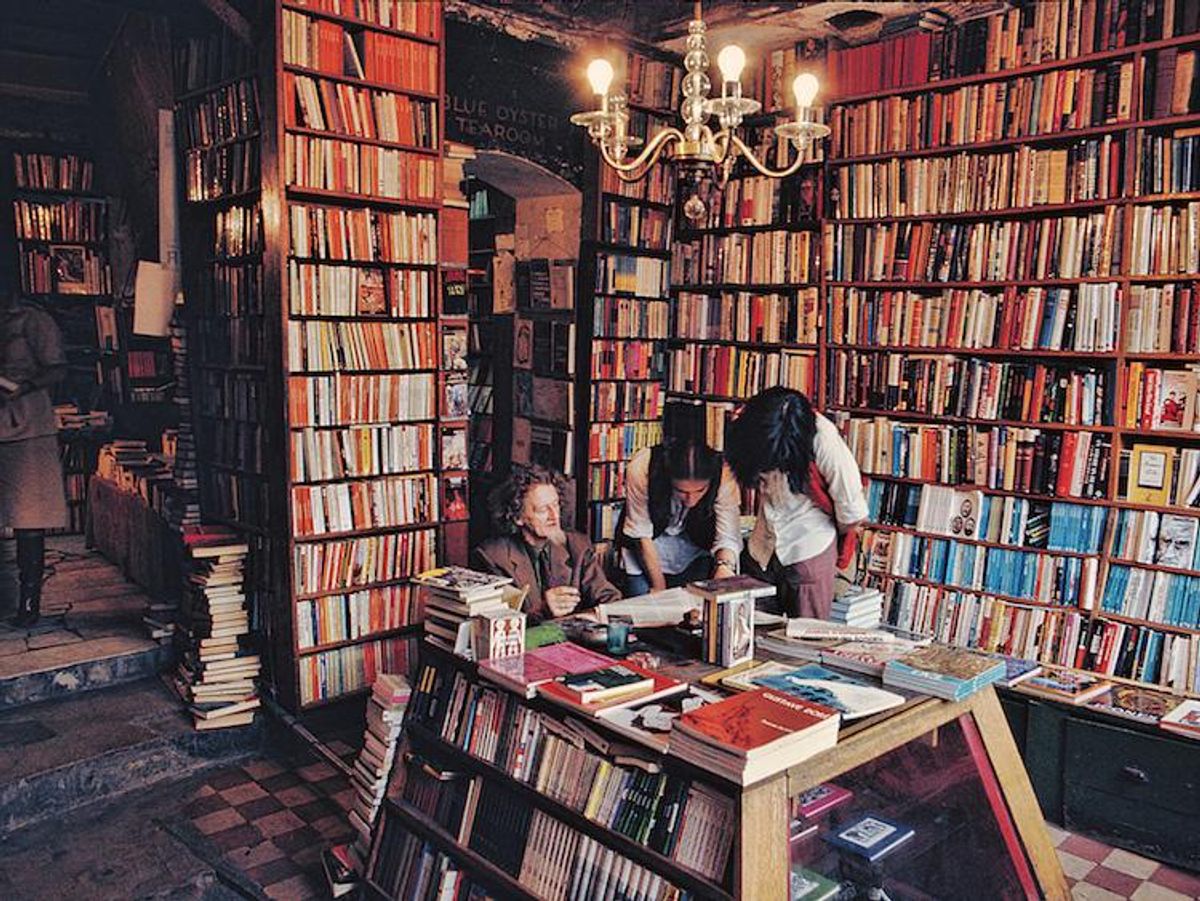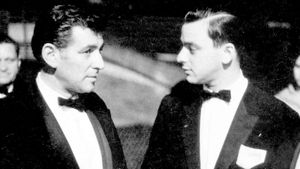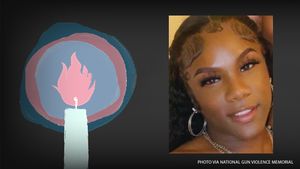In 1951, George Whitman, a self-proclaimed wanderer, opened the doors to what would become the most iconic bookstore in all of Paris. Both a space of business and literary exploration, Shakespeare and Company welcomed individuals from all walks of life: writers, painters, singers, men and women, straight and gay people. Anyone who came through the door was given the same attention.
With a community over 65 years old comes a great history and an even greater archive. Writer Krista Halverson wanted to make sense of this story and has since produced the only living history the bookstore has ever had. Shakespeare and Company, Paris: A History of the Rag & Bone Shop of the Heart not only examines the bookstore's presence within the city over time, but features works by acclaimed artists assocaited with the site, like Allen Ginsberg, Anais Nin, Ethan Hawke, Robert Stone and Jeanette Winterson, among others. It also includes never-before-seen photographs of queer figures such as James Baldwin, William Burroughs, and Langston Hughes.
We chatted with Halverson about her experience traveling through time with Shakespeare and Company.
Out: What drew you to Shakespeare and Company?
Krista Halverson: I first arrived in Paris in autumn 2011 for a six-week vacation. My friend Elaine Katzenberger, the executive director of City Lights bookstore and publishing in San Francisco, introduced me to Sylvia Whitman, the bookstore's current co-owner (and George Whitman's daughter). I fell in love with the shop, of course. One thing followed another and I was hired on to research and edit the book.
How did you come to make sense of Whitman's archive?
After George passed away in 2011, Sylvia and David (co-owner and Sylvia's partner) unearthed box after plastic box after wooden-wine box of bookshop ephemera of George's. Since nothing had previously been sorted and catalogued, each document and scrap of paper and photograph had to be considered on its own. Once everything was put in chronological order, I started reading the Shakespeare and Company archive, every page, beginning from the beginning, as they say.
What was the most exciting thing you found?
There were George's travel letters, from 1935 to 1951, written when he was on his "hobo adventure" during the Great Depression. In them, we see his early inspiration for the bookstore and its founding ethos: Give what you can; take what you need. And there were the funny, irreverent surprises, like a torn edge of paper from the 1960s on which George had scribbled: Paris is a jelly fish. I read every other scrap of paper he left behind, but none offered me any clues as to what he might have been getting at.

Jazz in the fiction room.
Tell us a little about the Tumbleweed program. Why was it established?
George said, The philosophy of the bookstore is to reciprocate the hospitality I received in the past, adding, I believe we're all homeless wanderers in a way. Over the past 65 years, more than 30,000 people have slept in the beds found tucked among the shelves of books, anywhere from a few nights to, in one case, five years. In exchange, guests are asked to help out a couple hours a day at the shop, write a one-page autobiography for the shop's archives, and read a book a day.
Does the current political environment--esspecially in Paris at the moment--affect the trust Shakespeare and Company is built on?
After the November 2015 attacks in Paris, Sylvia read to the staff these lines from her father's travel journals, written in 1938, when he was just 24: The highest quality of an individual is to be human. The phrase to be human means to follow life wherever it may lead, up and down, down and up, from the bottom of the world to the top, from darkness into light, through each degree of good and evil. As the circle of knowledge widens, life grows more beautiful and heroic. We are a part of everything--men, women, books, cities, railroads--all made from the same atoms and molecules, all living together and dying together, joined into one imperishable unity that can never be divided.

Reading loft in the children's section.
Was the bookstore a safe place for groups--particularly the LGBTQ community--who did not conform?
For George, writers and writing were the most important things. Unlike a lot of men of his generation, he read women authors widely and many of his heroes were women. The idea for his bookstore came from the owner of the original Shakespeare and Company, Sylvia Beach, who had a long romantic relationship with Adrienne Monnier, herself one of the first women to found a bookstore in France. George's friends included James Baldwin and Richard Wright, two of the many African-American writers who arrived in France in the middle of the century seeking escape from the "race hate," as Wright described it, in the U.S. And, of course, Allen Ginsberg and William Burroughs were frequent visitors of the bookstore, as were other gay writers and those who didn't conform to sexual expectations. Today, the bookstore continues to welcome people of all nationalities, religions, sexual orientations, genders, and beyond.

Photo of Allen Ginsburg reading by Michelle Campbell.
What was the environment like when prohibitions affected the bookstore in the 1960s?
It was never known why in spring 1966, after 15 years in business, French officials suddenly took an interest in George's bookstore--though it was suspected to be due to his liberal politics and the shop's longhaired guests. For more than two years, George was barred from selling books, though he kept the space open as the "Free University of Paris: A Private Library Open by Invitation to the Public." George continued to house Tumbleweeds and host literary readings and discussions. There were anti-war meetings, Marxist study groups, women's collectives, and much more.
Where do you see the future of bookstores like Shakespeare and Company?
The Shakespeare and Company history book marks the first release from the shop's new publishing house. As Sylvia once said, "Booksellers are in a strategic position to know what people want to read, and our shops are ready-made test labs for new and experimental works." One of the genres I'm keenly interested in pursuing is translations of young adult fiction that explore what it's like to grow-up in present-day France, showcasing characters of different races, religions, sexual orientations, and economic backgrounds.

Purchase Shakespeare and Company, Paris: A History of the Rag & Bone Shop of the Hearthere.
Michael Valinsky is a writer based in New York and Paris. He received his BA in poetics and praxis at New York University. His work has been published on Lambda Literary, Kirkus Reviews magazine, Artsy, Surface magazine, eBay and The WILD Magazine. He is the author of .TXT, Zurich: 89plus/LUMA publications, 2014. Michael is now the editorial assistant at KirkusReviews.




























































































